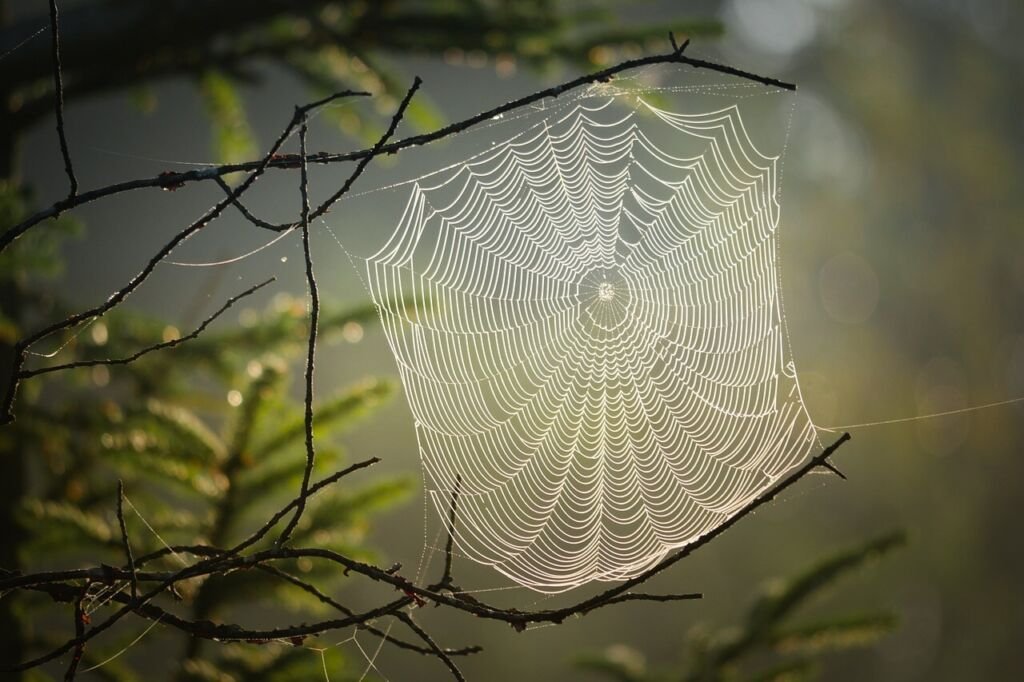Plants may seem like they are at the mercy of the world around them, but they are actually quite adept at defending themselves from predators and disease. In fact, plants have evolved a variety of strategies to protect themselves from harm. In this post, we’ll explore five ways that plants defend themselves and learn more about the fascinating world of plant defense.
1. Chemical defenses
Plants produce a variety of chemical compounds that can be toxic to predators and pathogens. Some of these compounds are produced as a direct response to an attack, while others are present all the time as a general defense. For example, many plants produce bitter-tasting compounds that make them unappealing to herbivores. Other plants produce compounds that can be harmful to insects or fungi.
2. Physical defenses

Plants also have a variety of physical defenses that can help to deter predators. One of the most common physical defenses is thorns or spines. These structures can make it difficult for herbivores to eat the plant, and can also provide protection against larger predators. Other physical defenses include tough or hairy leaves, which can make it difficult for insects to feed on the plant.
3. Camouflage
Some plants have evolved to blend in with their surroundings, making them difficult to spot by predators. For example, some plants have leaves that mimic the patterns of their environment, while others have evolved to look like rocks or other inanimate objects. By blending in with their surroundings, these plants can avoid detection by predators.
4. Trapping mechanisms

Some plants have evolved specialized structures that can trap and kill insects. For example, the Venus flytrap is a carnivorous plant that uses modified leaves to capture insects. The leaves have small hairs that, when triggered by an insect, cause the leaves to snap shut, trapping the insect inside. Other plants, such as the pitcher plant, have a deep cavity that contains a liquid that can drown insects.
5. Mutualistic relationships
Plants also have evolved mutually beneficial relationships with other organisms that can help to protect them from predators and disease. For example, some plants have formed relationships with insects that will defend the plant from herbivores in exchange for nectar or other rewards. Other plants have formed relationships with bacteria or fungi that help to protect them from pathogens.
Conclusion:
Plants are much more complex and sophisticated than we often give them credit for. By evolving a variety of strategies to defend themselves from predators and disease, they have become adept at surviving in a challenging and ever-changing environment. From chemical defenses to mutualistic relationships, plants have developed a wide range of strategies to ensure their survival. By studying these defense mechanisms, we can gain a greater appreciation for the complexity and diversity of the natural world.
